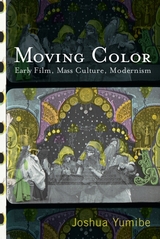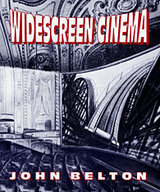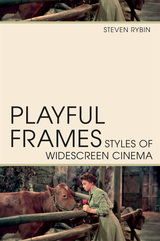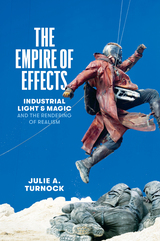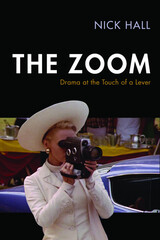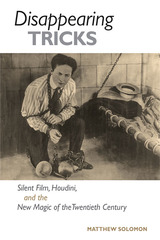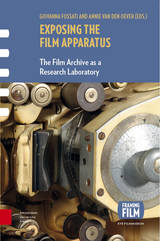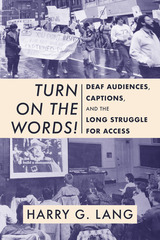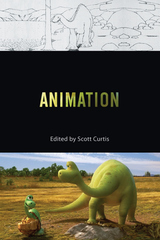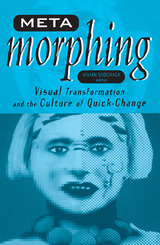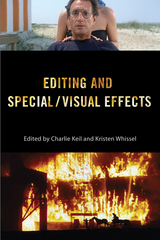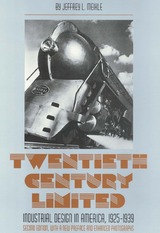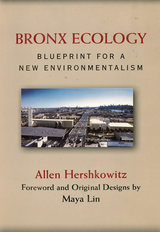Paper: 978-0-8166-5042-2 | Cloth: 978-0-8166-5041-5
Library of Congress Classification TR886.7.N67 2007
Dewey Decimal Classification 778.52344
The original foreign film—its sights and sounds—is available to all, but the viewer is utterly dependent on a translator and an untold number of technicians who produce the graphic text or disconnected speech through which we must approach the foreign film. A bad translation can ruin a film’s beauty, muddy its plot, and turn any joke sour.
In this wide-ranging work, Abé Mark Nornes examines the relationships between moving-image media and translation and contends that film was a globalized medium from its beginning and that its transnational traffic has been greatly influenced by interpreters. He discusses the translation of film theory, interpretation at festivals and for coproductions, silent era practice, “ talkies,” subtitling, and dubbing.
Nornes—who has written subtitles for Japanese cinema—looks at the ways misprision of theory translations produced stylistic change, how silent era lecturers contributed to the construction of national cinemas, how subtitlers can learn from anime fans, and how ultimately interpreters can be, in his terms, “traders or traitors.”
Abé Mark Nornes is associate professor of Asian languages and cultures and film and video studies at the University of Michigan. He is the author of Japanese Documentary Film (Minnesota, 2003) and Forest of Pressure (Minnesota, 2007).
See other books on: Film | History & Criticism | Motion pictures | Nornes, Abe Mark | Titling
See other titles from University of Minnesota Press

